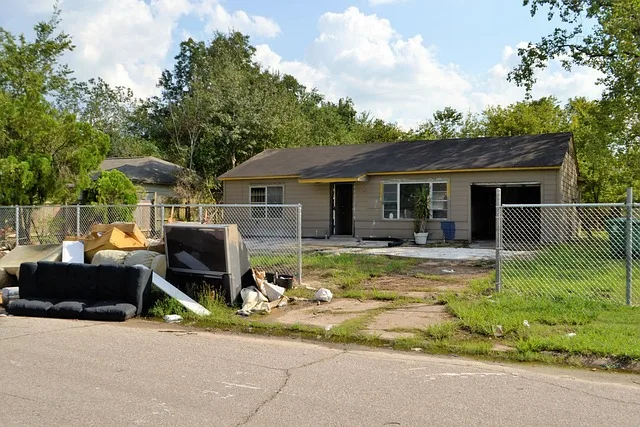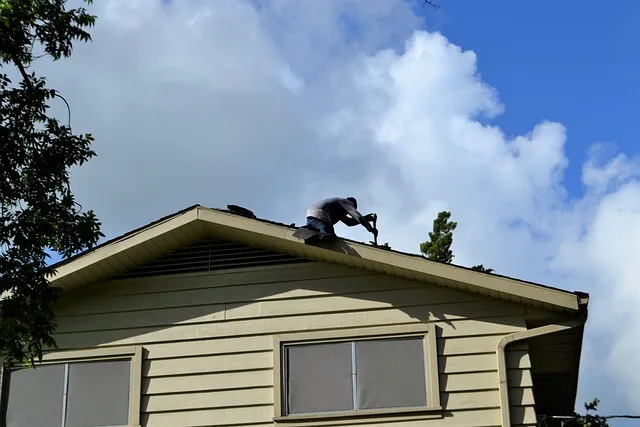These 4 Steps Will Prepare Your Home For Any Crisis

In an ever-changing world, being prepared for unexpected crises is crucial. Whether it’s a natural disaster, a power outage, or a global pandemic, having a well-thought-out plan and a well-prepared home can make all the difference in how you and your family weather the storm. This article outlines six essential steps that will help you prepare your home for any crisis.
Secure Your Home
Preparing your home to withstand a crisis involves securing it against various threats. Conduct a safety check of your home to identify potential hazards. This may include checking for gas leaks, securing heavy furniture, and addressing structural weaknesses. If you live in an area prone to hurricanes, invest in hurricane impact windows to strengthen your home’s resilience against strong winds and flying debris. These windows are designed to withstand extreme weather conditions and protect your home and family during a storm. Ensure your home is weatherproofed by sealing gaps and cracks, reinforcing doors and windows, and securing your roof. This will help protect your home from extreme weather events.
Install smoke detectors and fire extinguishers in key areas of your home. Make sure everyone in your household knows how to use them. Invest in home security systems, such as alarms and surveillance cameras. These can help deter potential threats and provide peace of mind during crises. Familiarize yourself with emergency shut-off procedures for utilities like gas, water, and electricity. Label these shut-off points for easy identification. Consider installing a generator or purchasing portable generators to power during extended outages.
Create an Emergency Plan
A critical step in crisis preparedness is to create a comprehensive emergency plan. This plan should cover various scenarios, including natural disasters like earthquakes, hurricanes, and floods, as well as human-made crises such as power outages or pandemics. Here are some key components to include in your emergency plan:
- Communication: Establish a reliable means of communication with family members, neighbors, and emergency services. Consider using a designated group chat or messaging app for your family, and ensure everyone knows how to use it.
- Evacuation Routes: Identify multiple evacuation routes from your home if your primary route is blocked. Make sure everyone in your household is familiar with these routes.
- Meeting Points: Choose designated meeting points for your family in case you get separated during an emergency. Have both local and out-of-town meeting places.
- Emergency Contacts: Compile a list of essential emergency contacts, including local authorities, utility companies, medical professionals, and close friends or family members. Keep this list in a visible and easily accessible location.
Stock Up on Essentials
Having a well-stocked supply of essentials is crucial for crisis preparedness. The types and quantities of items you need may vary depending on the crisis. Ensure you have an adequate supply of potable water. The general recommendation is to store at least a gallon of water per person per day for a minimum of three days. Stock up on canned goods, dried fruits, nuts, and other non-perishable food items. Make sure to rotate these supplies periodically to prevent spoilage. Assemble a comprehensive first-aid kit with bandages, antiseptic wipes, pain relievers, prescription medications, and any specific medical supplies your family may need.
Keep a supply of flashlights and extra batteries in your emergency kit. Consider using energy-efficient LED flashlights for longer-lasting power. Include soap, hand sanitizer, toiletries, trash bags, and sanitary products in your emergency supplies. Have warm blankets, extra clothing, and sleeping bags available, especially if you live in an area prone to cold weather. Invest in portable power sources like battery-operated or solar-powered chargers for your devices. Include portable stoves, cookware, and eating utensils in your emergency kit to prepare and consume food when necessary. Keep some cash on hand, as ATMs may not be accessible during power outages or other crises. Secure important documents such as passports, birth certificates, insurance policies, and financial records in waterproof containers.
Build a Community Network
Building a strong community network is another crucial aspect of crisis preparedness. Neighbors can be a valuable resource in times of need. Attend or organize community meetings to discuss emergency preparedness. Share knowledge and resources with your neighbors and establish a sense of solidarity. Set up a neighborhood communication system. This can be a social media group, a neighborhood watch, or a phone tree to disseminate important information during a crisis quickly. Discuss with your neighbors the possibility of sharing resources such as tools, emergency supplies, and transportation. Identify neighbors who may need extra help during a crisis, such as older people or those with mobility issues. Offer assistance or create a support system for them.
Preparing your home for any crisis involves careful planning, resource management, skill development, and a proactive approach to safety. By following these six steps, you can increase your readiness and resilience in the face of unexpected events. Remember that crisis preparedness is an ongoing process, and regularly updating your plans and supplies is essential to ensure the well-being of you and your loved ones in any situation.


